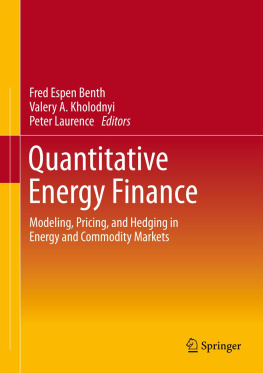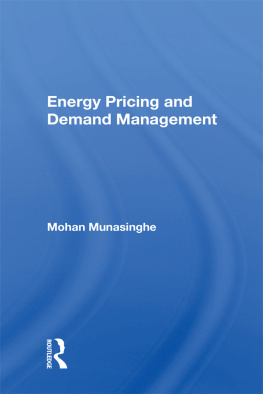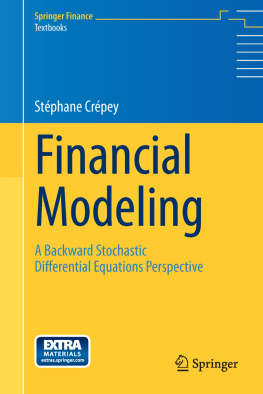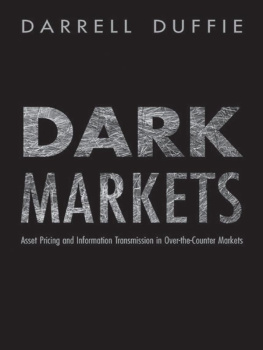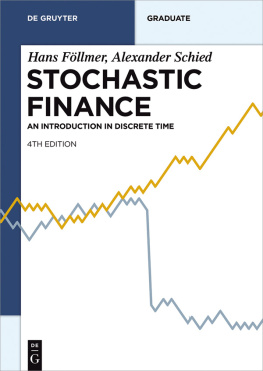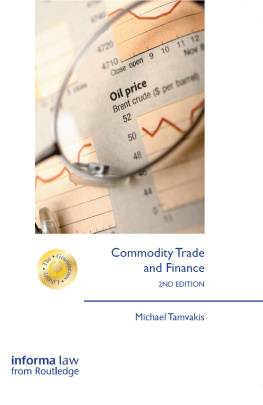Fred Espen Benth , Valery A. Kholodnyi and Peter Laurence (eds.) Quantitative Energy Finance 2014 Modeling, Pricing, and Hedging in Energy and Commodity Markets 10.1007/978-1-4614-7248-3_1 Springer Science+Business Media New York 2014
1. A Review of Optimal Investment Rules in Electricity Generation
Abstract
This paper provides an introduction to optimal investment rules in electricity generation. It attempts to bring together methods commonly used in practice to assess electricity generation investments as well as the sophisticated tools developed by mathematical economists in the last 30 years. It begins with a description of the fundamentals of the problem (economic context of the energy and electricity sectors, the technical constraints and cost structures of generation technologies). In a second part it recalls the investment rule based on the positivity of the net present value (NPV) together with the standard tools of corporate finance needed to perform this evaluation (CAPM, WACC). This list is completed with the more specific tool of levelised cost of electricity (LCOE) used by electrical utilities and policymakers. The third part of the paper shows how the advances made in the last quarter century by economic theory mainly under the real options trademark challenged the standard investment rule. Using intensively stochastic control theory and its connection with partial differential equations, real options theory was able to assess the effects of key drivers of investment decision: uncertainty, time to build, competitive pressure and strategic interactions. The paper presents models that provided a breakthrough in the analysis of the impact of each of these drivers on investment decision rules. Despite this interest, the conclusion points out remaining obstacles for the adoption of these methods by financial divisions, mainly but not only their high level of technicity. Research guidelines that could help fill this gap are suggested.
During their monopoly period, electric utilities developed computational economic models to assess their investments in generation. Those models relied on operations research methods (stochastic dynamic programming, linear programming, mixed-integer programming) together with an important effort in time-series analysis for long-term demand forecasting. The key words were optimisation and planning. A perfect example of this approach can be found in the International Atomic Energy Agency expansion planning course (see [] for an introduction and some answers to the question). The increasingly complex situation of electricity markets led to a new interest in asset valuation methods and optimal investment rules.
Indeed, with electricity market liberalisation and trading activities development, it was no time before financial mathematics methods were applied to electricity generation asset valuation (see [] for examples) is due to the difficulties of embracing both the complexity of power market microstructure, plant characteristics, constraints and cost structure and the sophisticated valuation methods developed in the last decades based on financial mathematics.
This paper is an attempt to fill this gap and to provide a bridge between these two worlds to help both engineering economists and academic researchers to get the basics. It presents the main elements needed to enter in the field of optimal investment rules for electricity generation assets. A large body of textbooks on this subject already exists. But they focus on the power system aspects of the problem (see [] for example) and use standard economic and financial theory for evaluation purposes [NPV rule and weighted average cost of capital (WACC)]. The economic difficulties raised by competition, market imperfection, risk management issues and strategic interactions do not benefit from the important research performed in the last decades. This work gives special attention to the progress made by the theory of investment under uncertainty. It covers the results developed under the real options trademark and its related fields. They are based on the application of the various forms of stochastic control theory to toy models representing a large variety of market situations. This approach led to a deep understanding of optimal investment dynamics.
This work is divided in the following way. Section uses this remark to draw conclusions on what investment rules should be applied to electricity generation and to propose some research prospects to help filling the gap between investment theory and practices.
1.1 The Underpinnings of the Problem
Investing in electricity generation has always been a challenge. It combines a substantial set of difficulties. The non-storability of electricity compels production to be adjusted on a real-time basis to consumption. This would be easy without the high level of uncertainties involved in both production (outages and inflows) and consumption (demand has a short-term weather dependency and a medium-term economic growth dependency). Moreover it is necessary to anticipate demand on a long-term basis to be able to satisfy the demand at all times, due to the long time it takes to build power plants. Electricity producers must choose amongst a wide range of very different technologies. They know that some plants are to be used nearly every hour of the year while others would be used only to produce during a small number of peak hours per year, making their return on investment very uncertain. Electricity market liberalisation has added competitive pressure to this already complex situation. Power producers are now competing for production and retail market shares. This section is devoted to these underlying aspects of the problem of investing in electricity generation. Since there is a growing dependency between the electricity sector, the energy sector and the global economy, Sect..
1.1.1 Economic Environment
Five drivers are shaping energys future: rising demand, the growing scarcity of fossil energy sources, the global warming risk, environmental and energy regulations and the financial crisis.
According to the [ the numbers are still impressive. Electricity demand should increase by 0.6% on average per year from 3,339 to 3,938TWh. Because of old plant retirements, 800GW of new installed capacity should be added. This corresponds to a financial investment of 1,712 billion USD2009. Those numbers correspond to a huge industrial and financial effort. But that is not all. According to World Energy Outlook 2010 scenarios for the same period of time, European Union electricity demand could reach 3,938TWh (New Policies Scenario), but it could also be 3,771TWh (450 Scenario) or even 4,094TWh (Current Policies Scenario). In the 450 Scenario, 900GW of new production capacity should be added. This huge difference with the level forecasted in the New Policies Scenario illustrates the importance of demand uncertainty faced by the electricity sector. And since power producers are no longer a monopoly now, they cannot hope to transfer any over-investment cost to the consumer. Mistakes can now lead to bankruptcies.
IEA scenarios represent the various efforts nations should make in order to reach the carbon emission level that would help avoid the possible dramatic outcomes of global warming. According to the []. The risks inherent to global warming are one important driver of the development of renewable and non-emissive energy sources.

